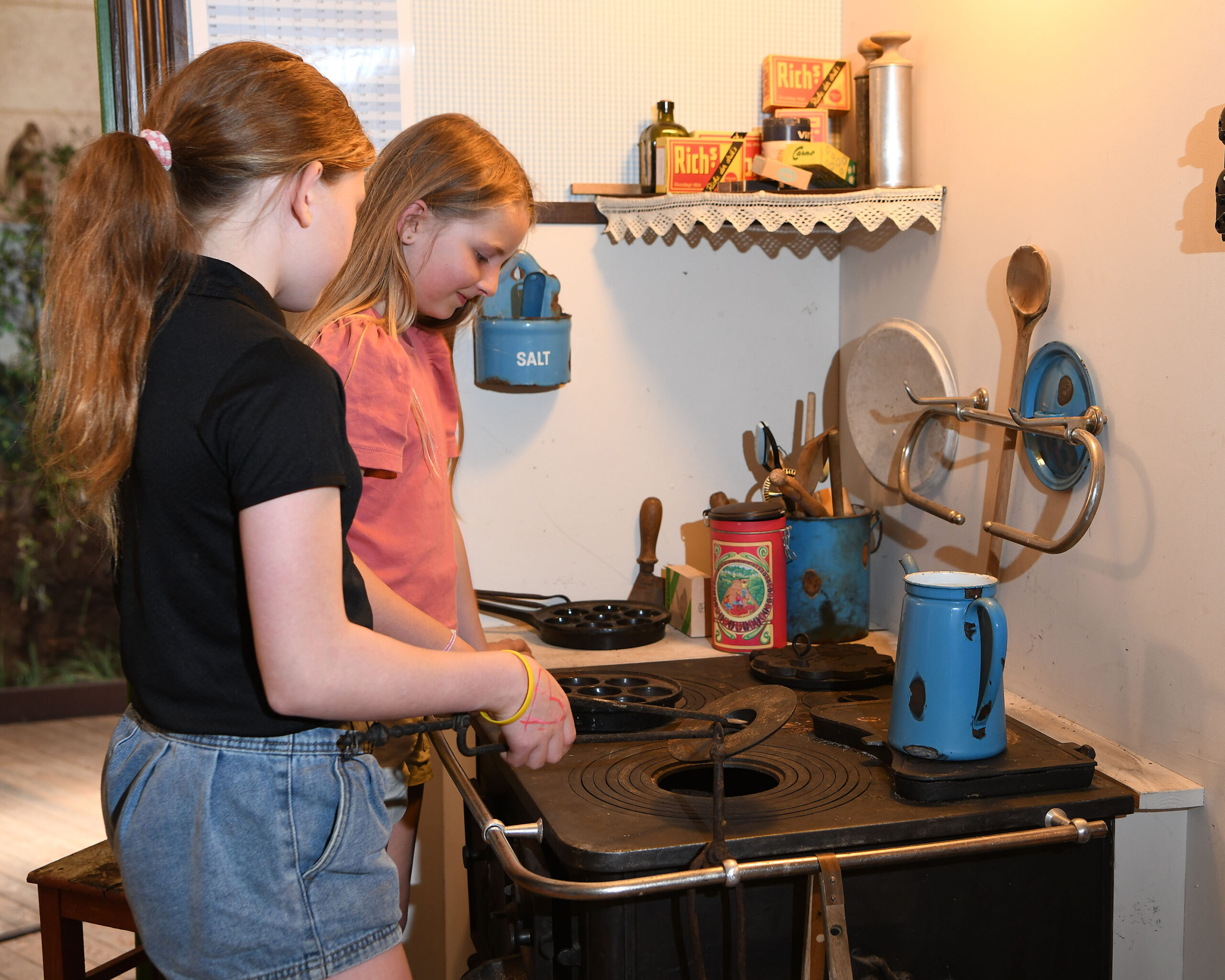TØRVEARBEJDERLIVET
Being a Peat Worker
Being a peat worker was a hard and demanding life. Many of the peat workers toiled tirelessly in the bog from early morning until late evening, often in all kinds of weather (though mainly in the summer). They lived with their families in small, uninsulated wooden huts, where they had to make do with very little. The children often helped with the work in the bog, and the women took care of household chores and small animals while also contributing to peat production.
For a while, you can get close to the life of a peat worker and his family’s daily life. Touch the raw peat, which was the foundation of their hard labour. Visit an authentic peat worker’s dwelling, where you can see the simple living conditions and get an impression of their frugal everyday life. Follow in the footsteps of the old peat diggers and gain insight into the community and endurance that were necessary to survive under such harsh conditions.
About Peat
Peat is an organic material formed by the partial decomposition of vegetative matter, typically mosses and other plants, under waterlogged conditions in bogs, swamps, and other wetlands. This process occurs over very long periods, often thousands of years. Peat primarily consists of carbon and can be used for various purposes, including as fuel, soil conditioner, and raw material in horticulture.
Here are some key points about peat:
Formation: Peat forms when plants die and fall to the bottom of waterlogged areas, where they do not fully decompose due to the low oxygen content. This results in a slow accumulation of partially decomposed plant material.
Types: There are different types of peat, depending on the vegetation and conditions where it forms. Some of the most common types are sphagnum peat, formed from mosses, and woody peat, formed from woody plants.
Uses:
- Fuel: Peat has traditionally been used as an energy source in many parts of the world, especially in areas without easy access to wood or coal.
- Horticulture: Peat is used in horticulture as a soil conditioner because of its ability to retain moisture and nutrients.
Environmental Aspects: Peatlands function as significant carbon stores, and peat extraction can release large amounts of carbon dioxide into the atmosphere. Therefore, there is increasing awareness of the need to protect and conserve peatlands for the sake of the climate.
Ecological Importance: Peat bogs and other peatlands are important ecosystems that host unique plant and animal species and play a vital role in regulating the water cycle and carbon cycle.
In summary, peat is a versatile and historically significant material, but its extraction and use must be balanced with environmental considerations.
Excavation of an Ancient Body
One of the bog’s most enchanting secrets is the Huldremose Woman, a remarkable bog body found nearby. She was discovered in 1879 and dates back to the Iron Age, making her over 2000 years old. The Huldremose Woman provides us with a unique insight into the lives and conditions of people in the past. Her well-preserved clothing, which can be seen in a reconstruction, bears witness to the materials and techniques our ancestors used. The discovery of the Huldremose Woman is not just an archaeological sensation but also a poignant connection to the people who once walked the same misty landscapes that we do today.

